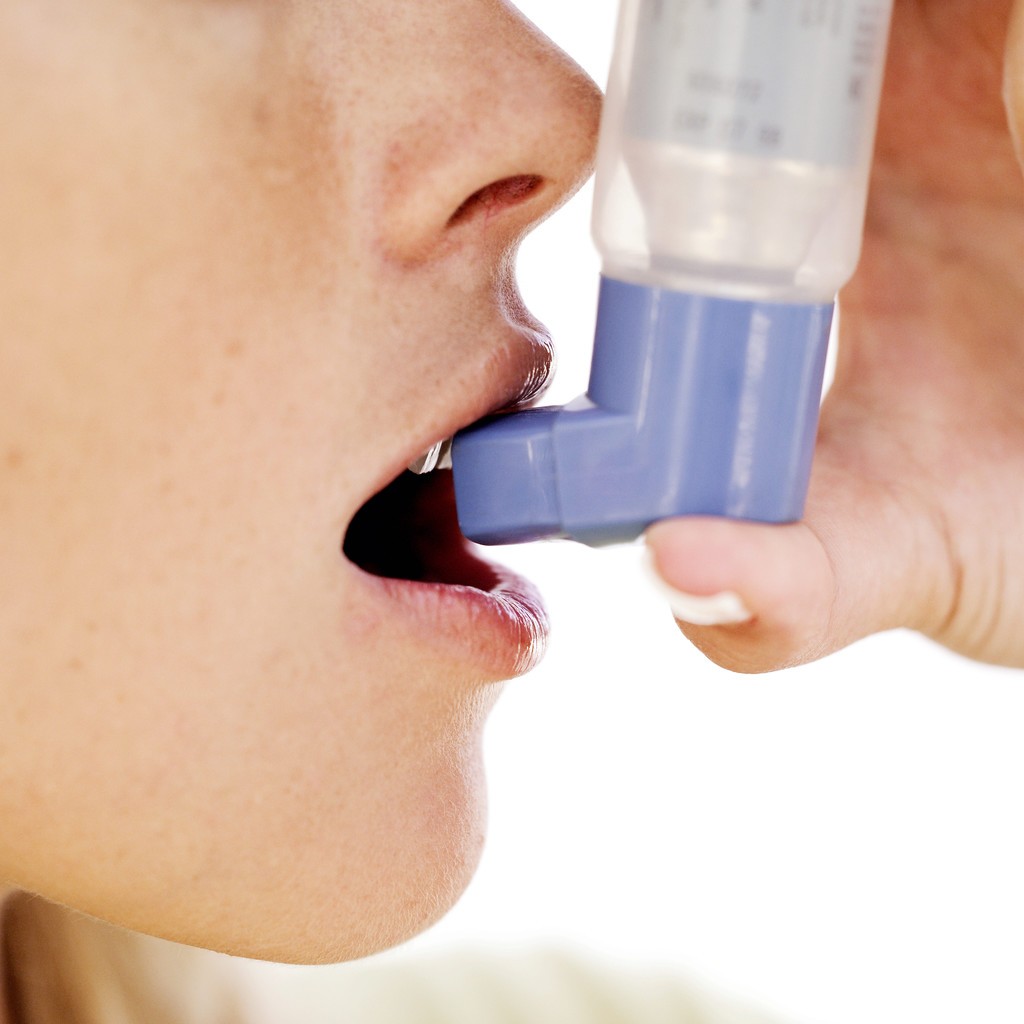Asthma and Aromatherapy
As an aromatherapist I treat the whole person, so with Asthma it’s important not just to look at what triggers attacks, exacerbates or prolongs them, but also the client’s personality – how they experience Asthma & its symptoms. For example, someone who is generally calm & an occasional sufferer may be completely different to someone who worries, panics & suffers attacks 4-5 times a week. As it if often runs in families & can be linked to other allergies it is also important to look at family history & conditions such as Ezcema, Hayfever or Rhinitis.
Types of Oil
- anti-allergic/antihistaminic – reducing production of histamine
- anticatarrhal – Asthma is linked with mucus production, often more sticky & hard to expel
- anti-inflammatory – the airways swell & constrict during attack
- anxiolytic – reducing anxiety, as often stress-linked
- bronchodilatory – expanding the airways & deepening the breath
- calmative – reducing stress
- mucolytic – reducing stickiness of mucus in the lungs
- respiratory decongestant – chestiness & mucus often accompanies
- respiratory tonic – assisting proper function of lungs
Methods of Use
Diffuser
I would definitely recommend using a diffuser, I use one all the time at home & in practice. Just last week I diffused Thyme, Niaouli, Eucalyptus & Ravensara to help my partner with a cold. As well as really effectively dispersing the oils, it adds moisture to the atmosphere, can be left on for hours or overnight & will switch itself off automatically so it’s very safe to use.
There are plenty of diffusers by companies like Zen & Aura available on websites or on the high street from Neal’s Yard Remedies:
http://www.nealsyardremedies.com/zenbow-aroma-diffuser
http://www.nealsyardremedies.com/zen-soto-aroma-diffuser
http://www.nealsyardremedies.com/aura-aroma-diffuser
You simply put water in up to the line & add 5-10 drops of essential oil, switch on & inhale. You could add more or less as you want, but I wouldn’t recommend over 15 drops & with some of the stronger oils such as Eucalyptus or Peppermint you will see that 1-2 drops are usually fine. You may also find it beneficial to leave on overnight as it can aid sleep especially if suffering from a cold or sinusitis.
Inhalation – during an attack
Put 2-4 drops on a tissue, place under nose & inhale (it’s a good idea to carry oils with you). A great alternative is a portable aromastick (a bit like a Vicks Vaporstick, but you add your own essential oil blend). I currently stock these if you would like to order.
Inhalation – general
Bowl
Fill a bowl with boiling water, sprinkle on 1-4 drops of essential oils, remove glasses/contact lenses & keeping eyes closed cover head with a towel and inhale for 5-10 mins.
Inhalation Cup
Preferable to my mind, use an inhaler cup with just 1-3 drops. They’re purpose-made, work better and are pretty cheap at c. £5. Can be repeated up to 8 times/day.
Essential Oils
Good oils to use are: Black Spruce, Cedarwood (Atlas), Clary Sage, Roman Chamomile, Frankincense, Eucalyptus globulus, Eucalyptus radiata (gentler than globulus), Eucalyptus staigeriana (best before bed), Helichrysum, Lavender, Sweet Marjoram, Melissa, Neroli, Peppermint, Plai, Spearmint (gentler than Peppermint), Yarrow
Essential oil blends are hard to recommend without a client consultation, as their personailty, triggers etc would really effect the oils I would recommend. However, a basic essential oil blend for calming down an immediate attack with panic would be Roman Chamomile 1 drop, Frankincense 1 drop & Neroli 2 drops

